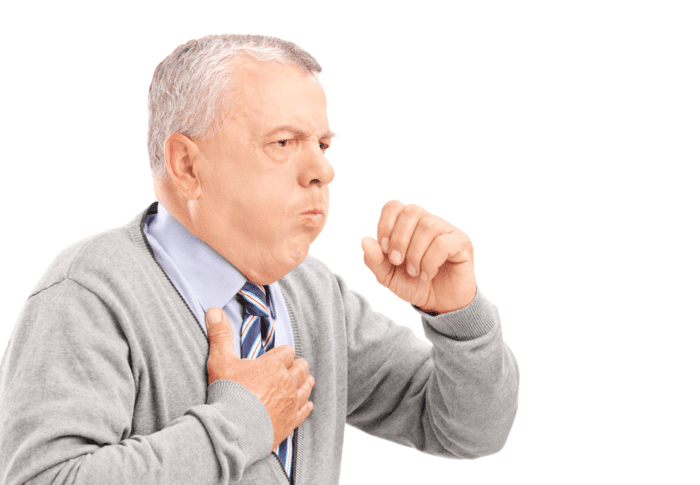
Cigarettes and Other Tobacco Products
Tobacco is a plant belonging to the Solanaceae family, which is widely grown for its leaves. The leaves of the tobacco plant contain nicotine, an addictive substance that is responsible for the psychoactive effects of smoking. Tobacco is used for smoking, chewing, and snuffing, and it is believed to have originated from South America. Today, tobacco is cultivated worldwide, with major producers including China, India, and the United States.

Cigarettes
Cigarettes are small cylinders of tobacco that are wrapped in paper with a filter at one end. They are designed for smoking and are often addictive due to the nicotine content. Smoking cigarettes is recognized as a significant health hazard, as it can lead to various diseases such as lung cancer, heart disease, and respiratory problems. Despite known health risks, millions of people worldwide continue to smoke cigarettes. The use of cigarettes is heavily regulated by governments in many countries, with restrictions including restrictions on advertising, public smoking, and age limits on purchasing cigarettes.
Types of tobacco:
- Virginia tobacco – This tobacco is commonly used for cigarettes and is grown in the US, Brazil, India, and Africa.
- Burley tobacco – This type of tobacco is used for cigars and pipe tobacco and is grown primarily in the US.
- Oriental tobacco – This tobacco is commonly used in blended pipe tobaccos and cigarettes, and it is grown in Turkey, Greece, Syria, and Bulgaria.
Forms of tobacco:
- Cigarettes – Tobacco is wrapped in paper and smoked.
- Cigars – Tobacco is wrapped in leaf and smoked.
- Chewing tobacco – Tobacco is chewed and spit out.
- Snuff – Tobacco is ground into a fine powder and sniffed through the nose.
Examples of tobacco-related products:
- Marlboro cigarettes
- Red man chewing tobacco
- Copenhagen snuff
- Davidoff cigars
- Camel cigarettes.

Effects of tobacco:
tobacco contain harmful chemicals that can have damaging effects on the body. Some negative effects of smoking & chewing tobacco include:
- Increased risk of lung cancer and other types of cancer
- Decreased lung function and ability to breathe
- Increased risk of heart disease and stroke
- Yellowing of the teeth and skin
- Premature aging and wrinkles
- Decreased sense of taste and smell
The use of tobacco products can have both short-term and long-term effects on the body. Short-term effects include increased heart rate, dizziness, and nausea, while long-term effects include increased risk for cancers, heart disease, stroke, and respiratory illnesses.
quit tobacco:
Quitting smoking & chewing tobacco can greatly improve your health and reduce your risk of these negative effects. Here are some tips on how to quit smoking:
- Pick a quit date and stick to it.
- Make a plan for how you will deal with cravings and withdrawal symptoms.
- Use nicotine replacement therapy such as patches, gum, or lozenges.
- Seek support from friends, family, or a support group.
- Avoid triggers such as alcohol or social situations where others are smoking.
- Stay busy and find healthy ways to reduce stress such as exercise or meditation.
- Consider talking to your doctor for additional resources or medication to help quit smoking.






-
-
2 years
Tagged causes, dry cough, treatment